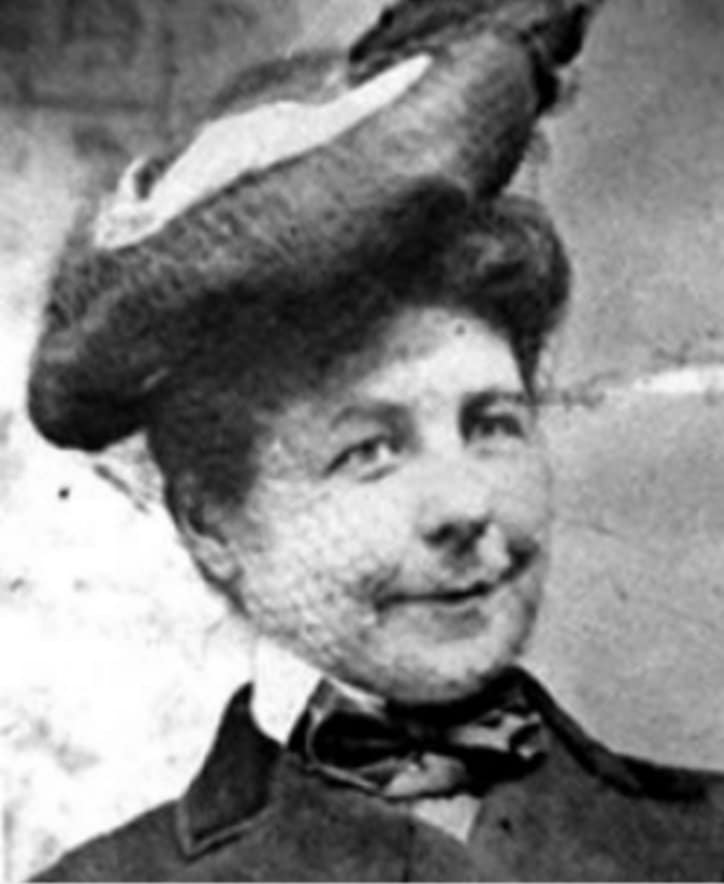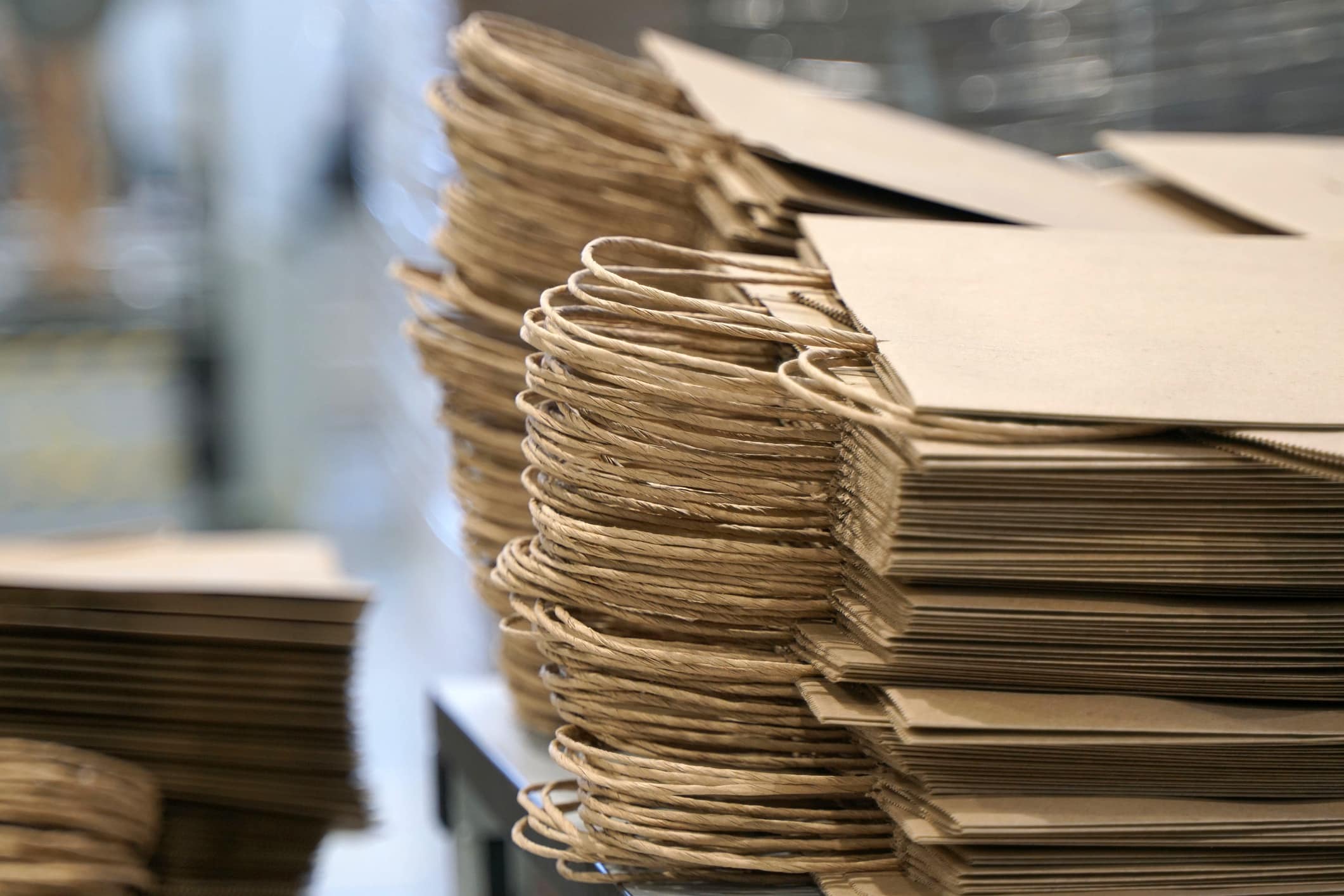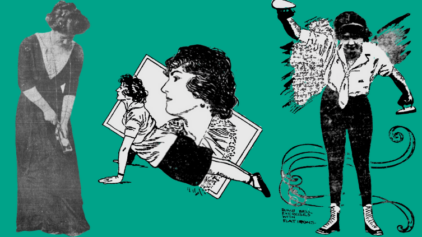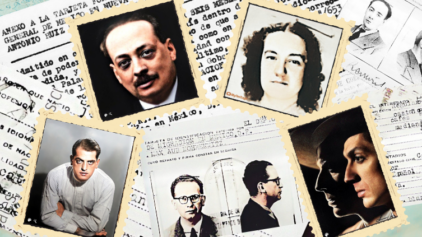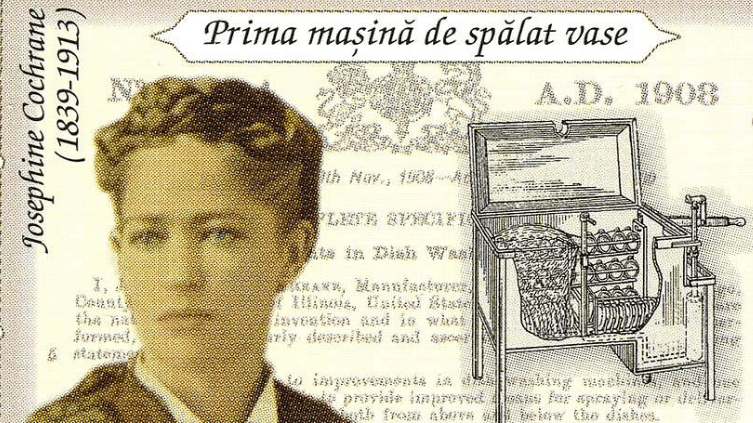

The world we live in today is immeasurably more convenient, comfortable, and safe than the one our ancestors lived in. We owe that to the many people who dedicated their lives to finding better ways to do things — and many of those people were women. Though women have been making important contributions to science, technology, and innovation throughout history, their achievements have often gone unnoticed and unacknowledged. Unfortunately, many women inventors faced discrimination and sexism as they tried to get their innovations recognized and used by the public. According to Smithsonian Magazine, even in modern-day America, fewer than 10% of people awarded a patent as a “primary inventor” are women.
Today, in honor of International Women’s Day, we’ll explore 5 groundbreaking inventions made by women that shaped our lives today — from ubiquitous appliances to features and systems that make our world safer and easier to navigate.
Discover the stories of your female ancestors on MyHeritage
Josephine Cochrane: the dishwasher
The modern dishwasher is truly a thing of wonder. It’s like a magic box where you hide your dirty dishes only to open it again a few hours later to find them all sparkling clean — saving us hours of work and gallons of water.
To whom do we owe our gratitude for this miraculous modern appliance? An American inventor named Josephine Cochrane.
While she was not the first to invent a machine that can clean dishes, her stroke of brilliance was to use water pressure, rather than scrub brushes, to remove food residue — and hers was the first machine to become commercially viable.
Josephine was born in Ashtabula County, Ohio, in 1839. Her great-grandfather was an inventor and her father was a civil engineer, but she didn’t receive any formal education in the sciences. As a socialite, Josephine enjoyed entertaining guests in her home, but she noticed that her fine china was becoming chipped when her servants were scrubbing her dishes in the sink. Determined to find a better way to wash dishes, she designed a machine with a rack to rest the dishes on and water jets to spray off any waste. She patented her design in 1886 and began manufacturing her invention for her friends as well as advertising in local papers. Soon, businesses such as restaurants and hotels began purchasing the machine. At the Chicago World’s Fair in 1893, Josephine won an award for her design.
It took a while for dishwashers to become a household appliance. Many homes didn’t have the means to provide enough hot water to the machine, and some homemakers preferred to wash their dishes by hand, especially since the soap could sometimes leave a residue on the dishes. It was a combination of technological advancement, a change in women’s attitudes towards housework, and the availability of dishwasher detergent that led the appliance to become extremely popular in the 1950s.
Mary Anderson: windshield wipers
Next time you’re driving in bad weather and you’re able to see the road ahead of you, be sure to offer up a thank-you to inventor Mary Anderson.
Born in Alabama in 1866, Mary was a real estate developer. One day in 1902, she was riding the trolley in New York in snowy weather. She noticed that the driver was having trouble seeing through the windows, and had to lean out of the window or stop the car and exit it in order to wipe off the windshield with his hands. This gave Mary the idea of creating something that could wipe off the windshield from the inside of the car.
Mary created a prototype that consisted of a blade attached to a lever inside the streetcar. The driver could turn the lever to move the blade back and forth across the windshield, clearing away any snow and rain that obstructed the view. She applied for a patent in 1903, and once it was granted, she began marketing her invention to automobile manufacturers. Unfortunately, they didn’t recognize its commercial value, and her patent expired before she was able to sell it.
It was only decades later that windshield wipers became standard, and today they are considered an essential safety feature for many types of vehicles.
Marie Van Brittan Brown: the home security system
Countless people all over the world sleep safely and soundly in their beds at night thanks to African-American inventor Marie Van Brittan Brown, who invented the first home security system in the 1960s.
Born in Queens, New York, Marie was a nurse who worked long hours and often found herself returning home at late hours. Her husband Albert was an electronics technician and he also worked late nights. Their neighborhood was plagued by crime and they often felt vulnerable and unprotected when coming home.
Marie came up with the idea of a home security system that would allow residents to see and communicate with visitors before opening their doors. Her invention consisted of a closed-circuit television camera (CCTV) mounted outside on the front door and connected to a monitor inside the home. The camera could be operated by a control panel located inside the home, and residents could use it to view visitors and communicate with them through an intercom system.
Marie and Albert applied for a patent for their invention in 1966. Though it was a groundbreaking development in the field of home security, Marie and Albert faced significant obstacles in getting it adopted by the public. In many ways, it was an invention ahead of its time: the technology required for it was still prohibitively expensive, and they were unable to secure a manufacturing partner.
It took many decades until Marie’s idea was finally able to benefit the public. CCTV home security systems first became available to residential households in 2005 — 6 years after Marie’s death at age 76. Though she never got to see her invention protect homes, her work paved the way for the development of modern home security systems.
Margaret Knight: mass-manufactured paper bags
More sustainable than plastic, more convenient than multi-use bags, and a crisp canvas for DIY crafts: who doesn’t love a fresh paper bag to carry their groceries in? We might still be carrying our groceries around in wicker baskets or inconveniently shaped paper cones if not for Margaret Knight, inventor of the paper bag manufacturing machine.
Born in York, Maine, in 1838, Margaret grew up in a family of mechanics and inventors and showed an interest in mechanics and engineering from a young age. At the tender age of 12, she went to work at a cotton mill, and noticed that one of the leading causes of serious injury was steel-tipped flying shuttles that had a habit of coming loose from their looms and flying off at high speeds. She set out to fix the problem and managed to invent a restraint system that was soon widely adopted in the cotton industry.
She went on to work in other industries and develop expertise in trades. At one point, she got a job folding paper bags by hand at the Columbia Paper Bag factory in Springfield, Massachusetts. Finding the process extremely inefficient, she wondered if there was a way to automate it. So she designed the first flat-bottomed paper bag machine. Consisting of several interlocking gears and blades, the machine cut and folded the paper into the shape of a bag with a squared off bottom.
Margaret filed for a patent for her invention in 1871 — a time when very few patents were held by women. Unfortunately, she had to go to court to win it, because a man named Charles Annan tried to claim she had stolen it from him. In response to his sexist argument that as a woman, she couldn’t have been able to invent a machine like this one, she produced her detailed and hand-drawn blueprints, proving beyond a doubt that the invention was hers.
Gladys West: the global positioning system (GPS)
We once were lost, but now we’re found… thanks in large part to Gladys West and her role in the invention of GPS, the global positioning system.
Gladys was born in 1930 in Dinwiddie County, Virginia to a family that owned a small farm. She fought hard to get an education and won a scholarship to Virginia State College, eventually graduating with a degree in mathematics. After graduating, she worked as a teacher for a while to save enough money to go to graduate school. After earning her master’s in mathematics, she became a computer programmer and mathematician at the naval base in Dahlgren, Virginia. She was the second Black woman hired there.
In 1978, Gladys became the project manager of Seasat, the first satellite to monitor the changing conditions and features of the oceans. Her work eventually evolved into GEOSAT, a satellite that could create models of the surface of the Earth. The program she and the team she led created was able to calculate the orbits of satellites with great precision — helping develop a mathematical model for the shape of the earth, known as the geoid. The geoid is a critical component of GPS technology, used to determine the precise location of a GPS receiver on the Earth’s surface.
Gladys’ accomplishments are particularly impressive considering that they were made during a period when computer science and technology was a field dominated by men, and African-American women faced significant discrimination in the workplace.
GPS is used in a wide range of applications today, from navigation in vehicles and aircraft to surveying, mapping, and tracking the movement of people and goods. Gladys’ contributions to the development of GPS have been recognized as a critical component of this innovative technology, and she is widely regarded as one of the unsung heroes of the GPS revolution.
The 5 inventions highlighted in this blog post are just a small sample of the many groundbreaking contributions made by women to science, technology, and innovation. These women’s innovations have changed the world in meaningful ways, and their stories are a testament to the important role that women have played in shaping our society.
When you research your family history, you may be surprised to discover the ways in which women in your own family have made their mark on the world. Whether they were inventors, activists, or simply women who lived their lives with courage and determination, these stories are a powerful reminder of the important contributions that women have made to society throughout history, and of the countless ways in which women continue to shape our world today.
Start building your family tree on MyHeritage and discover the stories of your female ancestors now.

